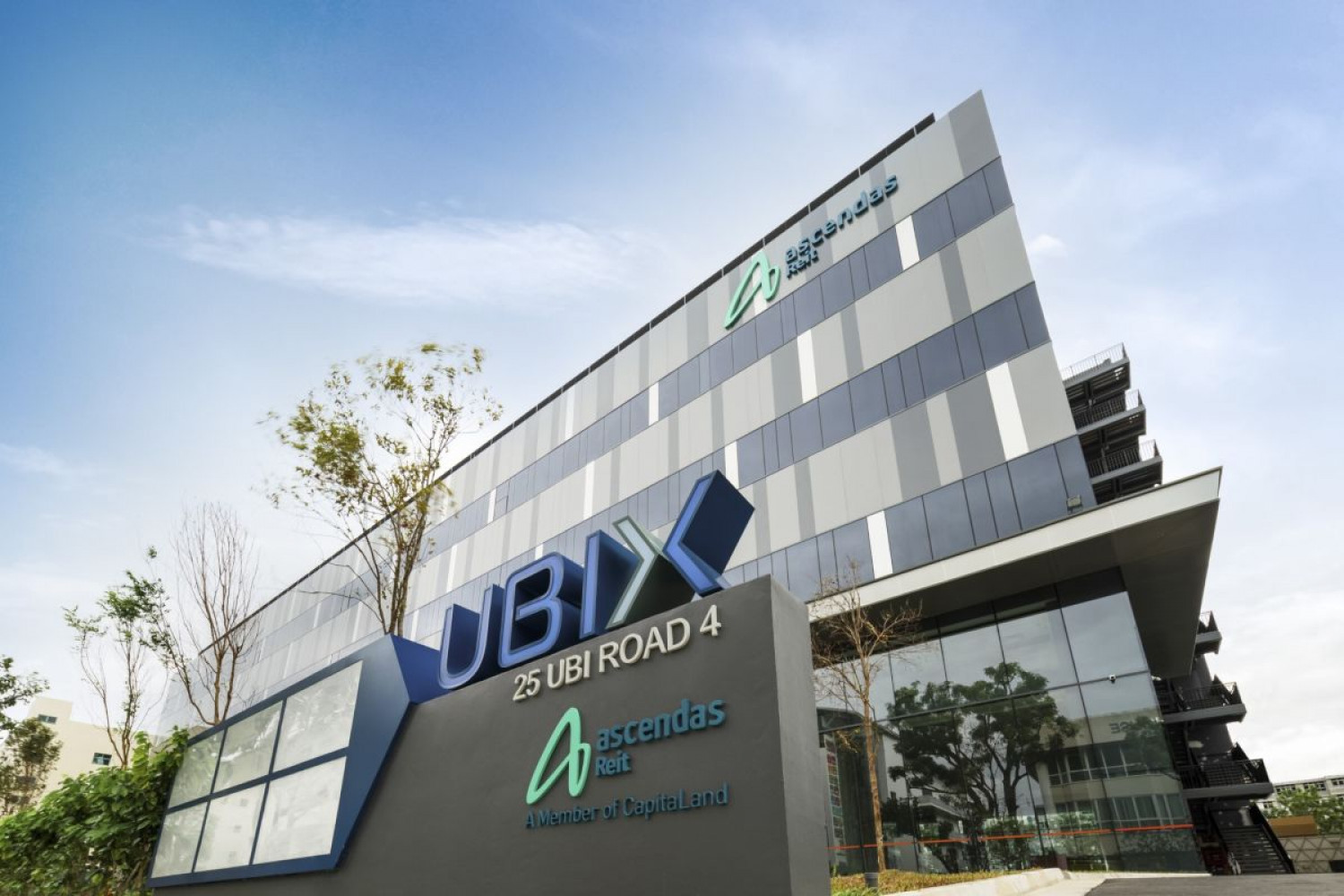On 15 February 2024, Keppel Pacific Oak US REIT (“KORE”) have announced their full year result for 2023 and their recapitalisation plans. Not unexpectedly, the fundamentals have continued to worsen this quarter. However, it has not worsened to the state to require an emergency action from management, as detailed further in the article. Therefore the earlier news has caught me unawares. It does reinforce a point that we should be wary of any REIT trading above 40% gearings as they can take similar actions if the need arises.
For disclosure, I am a unitholder of KORE. In my previous articles I did expect DPU to drop as well as gearing to increase and that KORE is the highest risk in my portfolio given the US office exposure. What I did not expect was for KORE management to pre-emptively suspend distribution for 2 years citing managing fundamentals as a reason. The result is a share price fall by 39.6% to USD0.151 per share as at 15 February 2024 close. Therefore an oversight from my end and apologies to unitholders who took my view that dividend might only be halved or expecting valuations to need to fall by 30% before something major happens. Moving forward, there are 2 main options unitholders can take.
The first option is to divest at a loss and look to reinvest in something else. Fundamentals aside, a REIT that does not pay distribution is no different from a company that is in the business of trading properties. One of the options management have indicated and not taken is to look to divest some of the properties to manage their leverage. Investors who are not comfortable with the “change in nature of business” could look elsewhere for a peace of mind.
The second option is to hold and wait out till 2026 to see if the situation gets better. Do note however that the timeframe of 2026 is based on when management “thinks” that things will get better. It can play out as management expectations and improve so that management can resume the distribution earlier, or the environment could still be as bad as now and they decide to extend the distribution suspension a few more years. The current market news is that interest rate will remain high given a government report on 13 February 2024 showed consumer inflation was still elevated. It is a risk-oriented play and might not suit passive income investors as dividend will be zero for 2 years.
Investors will therefore need to assess their risk appetite accordingly.
Website: General Announcement::Recapitalisation Plan and Suspension of Distributions
Website: Financial Statements And Related Announcement::Full Yearly Results
Background
KORE is a distinctive office REIT listed on the main board of the Singapore Exchange Securities Trading Limited (“SGX-ST”) on 9 November 2017.
KORE’s leverages its focus on the fast-growing technology, advertising, media and information (“TAMI”), as well as medical and healthcare sectors across key growth markets in the United States (“US”), and aims to be the first choice US office S-REIT providing sustainable distributions and strong total returns for Unitholders.
KORE invests in a diversified portfolio of income-producing commercial assets and real estate-related assets in key growth markets characterised by positive economic and office fundamentals that generally outpace the US national average and the average of gateway cities. These markets include the Super Sun Belt and 18-Hour Cities, which have and continue to see an accelerated influx of talent as part of The Great American Move.
KORE is managed by Keppel Pacific Oak US REIT Management Pte. Ltd., which is jointly owned by two Sponsors, Keppel Capital and KORE Pacific Advisors (“KPA”).
Key Metrics
Distribution Per Unit (“DPU”)
| Metrics | Current | Previous |
|---|---|---|
| Distribution Per Unit | – 56.9% | No Info |
With the absence of the dividend for the second half of 2023, accordingly DPU has decreased by 56.9% for FY2023 when compared to the previous financial year. This metric is Unfavorable. Worth noting however that net property income has increased by 2.2%, which shows stability in the portfolio.
Occupancy
| Metrics | Current | Previous |
|---|---|---|
| Occupancy | 90.3% | 91.4% |
Occupancy rate as at 31 December 2023 have decreased to 90.3%. This is Unfavorable as it is below my expected healthy occupancy rate of 95% and KORE have not been able to fully utilize their assets.
Gearing ratio
| Metrics | Current | Previous |
|---|---|---|
| Gearing Ratio | 43.2% | 39.1% |
Gearing ratio has increased significantly to 43.2% as at 31 December 2023, attributable to the write down of valuations as borrowings remain relatively unchanged. This to me is Unfavorable. Accordingly the significant increase was part of the reason management has indicated to suspend dividend as they look to use the amounts to enhance their assets. This will help to create more buffer from the MAS limit of 50%.
Interest coverage
| Metrics | Current | Previous |
|---|---|---|
| Interest Coverage | 3.2x | 3.3x |
The interest coverage stands at 3.2 times as at 31 December 2023. The metric is Favorable as the interest coverage is above my preference of 3.0 times. Keep in mind that this metric may continue to worsen as the Federal Reserve on 13 February 2024 have indicated that interest rates may need to stay high for a longer period of time as they are waiting for more evidence of easing price pressures before they cut interest rates, after a government report on Tuesday showed consumer inflation stayed elevated last month. This was after increasing the interest rates to a range between 5.25% and 5.50% on 26 July 2023.
Website: Fed seen waiting longer to cut rates as inflation stays elevated
Debt maturity profile
| Metrics | Current | Previous |
|---|---|---|
| Debt Maturity Profile | 2.7 years | 2.9 years |
Weighted average term to maturity of their debt stands at 2.7 years as at 31 December 2023. This is Favorable and it allows them sufficient time to refinance their debts as they fall due.
Price to Book Ratio
| Metrics | Current | Previous |
|---|---|---|
| Price to Book Ratio | 0.22 | 0.46 |
The Price to Book (“P/B”) ratio currently stands at 0.22. This is computed using the closing share price of USD0.151 on 15 February 2024 and the net asset value per share of USD0.690 as at 31 December 2023.
The metric is Favorable as we are paying below book value for its assets. This provides sufficient buffer should there be a significant write-down of valuation for its assets. However, there is a reason for it to be traded at this P/B ratio and is covered under the “Key things to note” section. This is something investors should take into consideration when looking at the P/B ratio.
Dividend yield
Based on management guidance, the expected dividend yield for 2024 will be 0.00% given that distributions are suspended till at least 2025. Investors will need to wait for further announcements for clarity on future plans and expected dividend payouts when the conditions improve.
Other metrics
Tenant profile
KORE has an enlarged portfolio covering multiple trade sectors. The high quality and diverse tenant base provide resilience to the KORE portfolio across challenging events. The top-10 tenants accounted for only 26.3% of KORE’s portfolio with no single tenant accounting for more than 3.7% during the period, providing income diversity to the portfolio. Furthermore the WALE of the top 10 tenants is 4.7 years, which provides a strong income visibility as the US rides out the uncertainty.
Key things to note
Risk of property valuation write-down
The announcement on 15 February 2024 have announced a property valuation write-down by 6.80% and has caused gearing to increase from 39.1% to 43.2% as at 31 December 2023.
Assuming the gross borrowings remain unchanged at USD601 million as at 31 December 2023, to breach the limits of 50.0% investment properties will need to have another valuation decrease of 14.5% from USD1,327 million to USD1,135 million and total assets to USD1,202 million. This is something to keep in mind considering that KORE saw the valuation decrease by 6.8% in 2023, and there may be further valuations decrease over the next 2 years.
There are Commercial Real Estate loan issues in the US which may result in unfavorable terms for KORE refinancing. Should there be breaches in loan covenants, it may result in KORE undertaking an emergency Equity Fund Raising or divestment at discounted selling prices. Both options are considered unfavorable to unitholders.
Website: Real estate pain for US regional banks is piling up, say investors
Summary
| Metrics | Financials | Rating |
|---|---|---|
| Distribution Per Unit | -56.9% | Unfavorable |
| Occupancy | 90.3% | Unfavorable |
| Gearing Ratio | 43.2% | Unfavorable |
| Interest Coverage | 3.2x | Favorable |
| Debt Maturity Profile | 2.7 years | Favorable |
| Price to Book Ratio | 0.22 | Favorable |
| Overall | | Neutral |
Overall, the metrics indicate that it is neutral to invest in KORE. As indicated above, excluding the increase in gearing ratio and also property valuation write-down, the other fundamentals of KORE did not weaken significantly and there is still a net property income increase for 2023. Nonetheless, with management pro-active actions we may see significant changes over the next few quarters as KORE proceeds with their recapitalisation plans.
KORE remains the REIT that have the highest risk to reward ratio that I am holding and covering in my blog with its direct and concentrated exposure to the US office space.
Disclaimer: Not financial advice. All data and information provided on this site is for informational purposes only.
Previous Post
Website: Keppel Pacific Oak US REIT (SGX: CMOU): 2023 Third Quarter Business Update




